Now that I finally have everything I need, the last step is to transfer my camas bulbs and buttercup to the larger planter that will stay on my balcony through the winter.
Following the advice of the staff at Saanich Native Plants, I planted the bulbs about 10 cm. down from the surface, giving lots of space underneath. Apparently, the camas roots love to grow deeply in the soil, so hopefully they have enough room. I planted the buttercup alongside. I was also worried about frost, but the staff in Saanich assured me that camas plants are tough and will survive the winter no problem.
Lastly, as an addition to our family, my wife had to give the plants names. I suggested ‘Rocky Bulb-boa’ for the camas and my wife mistakenly (and hilariously) called the buttercup a “butternut”, and so here we are…welcome to the family ‘Butternuts’!
Well, that’s pretty much all I can do for now. The next steps of my project will take a few months to reach so I’ll periodically check in and document any changes that I notice. In the meantime, we’ll let nature do its thing and hopefully we’ll have some beautifully blooming camas come spring!

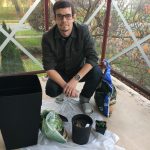
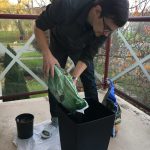
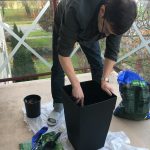
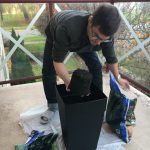
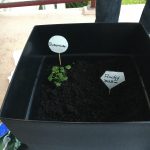
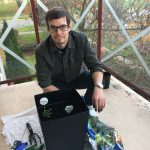
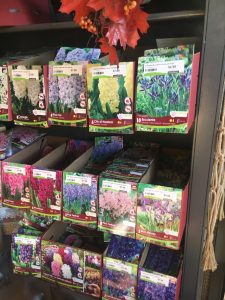 camas. After a look around the store, I found camassia quamash (common camas) bulbs for sale, but decided to ask the staff in any case. Good thing I did. It turns out that common camas is more ornamental than edible. Also, I found out that growing camas from seeds takes upwards of 7 years! Bulbs it is. This might have been a dead end, but luckily the staff recommended an alternative,
camas. After a look around the store, I found camassia quamash (common camas) bulbs for sale, but decided to ask the staff in any case. Good thing I did. It turns out that common camas is more ornamental than edible. Also, I found out that growing camas from seeds takes upwards of 7 years! Bulbs it is. This might have been a dead end, but luckily the staff recommended an alternative, 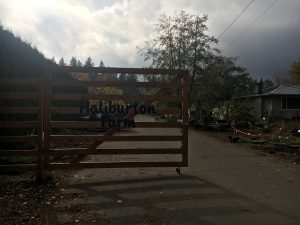

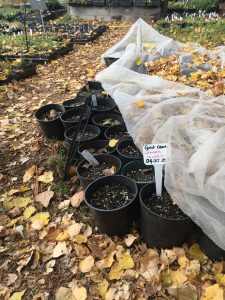
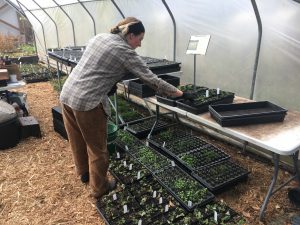

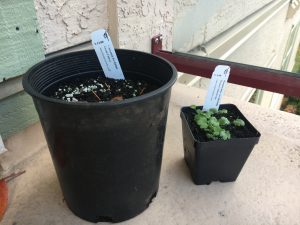
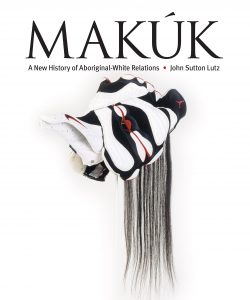 the inadvertent role camas played in the choosing of Victoria as the Hudson Bay Company’s headquarters. In his book, Lutz argues that while the Coast Salish peoples were though of as “salmon people”, they were actually “camas people” as the plant was the primary source of starch in their diet. Actually, the plant was cultivated in fields (by Indigenous women) and the land terraformed in many areas, including what is now downtown Victoria. According to common lore, these fields were what impressed James Douglas most about the site (reminded him of the fields of home) and so led to him choosing Victoria as the new HBC headquarters site. The irony of Douglas not realizing these fields were essentially well maintained gardens is one of those historical facts that makes you appreciate how random chance can have huge historical impacts.
the inadvertent role camas played in the choosing of Victoria as the Hudson Bay Company’s headquarters. In his book, Lutz argues that while the Coast Salish peoples were though of as “salmon people”, they were actually “camas people” as the plant was the primary source of starch in their diet. Actually, the plant was cultivated in fields (by Indigenous women) and the land terraformed in many areas, including what is now downtown Victoria. According to common lore, these fields were what impressed James Douglas most about the site (reminded him of the fields of home) and so led to him choosing Victoria as the new HBC headquarters site. The irony of Douglas not realizing these fields were essentially well maintained gardens is one of those historical facts that makes you appreciate how random chance can have huge historical impacts.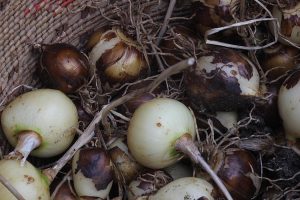 there are two main types of edible camassia: common camas and great camas
there are two main types of edible camassia: common camas and great camas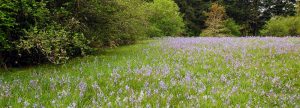 Well, now that I have my topic and inquiry question squared away, it’s time to start planning the steps I’ll need to take in order to see it to the end. I have no idea how this is going to turn out, but I think that really is the point of an inquiry project. This is really about my own curiosity and whatever the outcome, all I can hope is that I’ve learned something of value along the way.
Well, now that I have my topic and inquiry question squared away, it’s time to start planning the steps I’ll need to take in order to see it to the end. I have no idea how this is going to turn out, but I think that really is the point of an inquiry project. This is really about my own curiosity and whatever the outcome, all I can hope is that I’ve learned something of value along the way.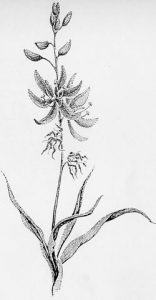 onale on why this project is meaningful to me and why it’s important to explore it from the perspective of a Vancouver Island resident.
onale on why this project is meaningful to me and why it’s important to explore it from the perspective of a Vancouver Island resident.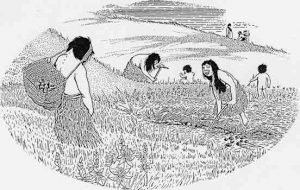 ated, harvested and consumed. So why hadn’t I heard about it earlier?
ated, harvested and consumed. So why hadn’t I heard about it earlier?
Recent Comments